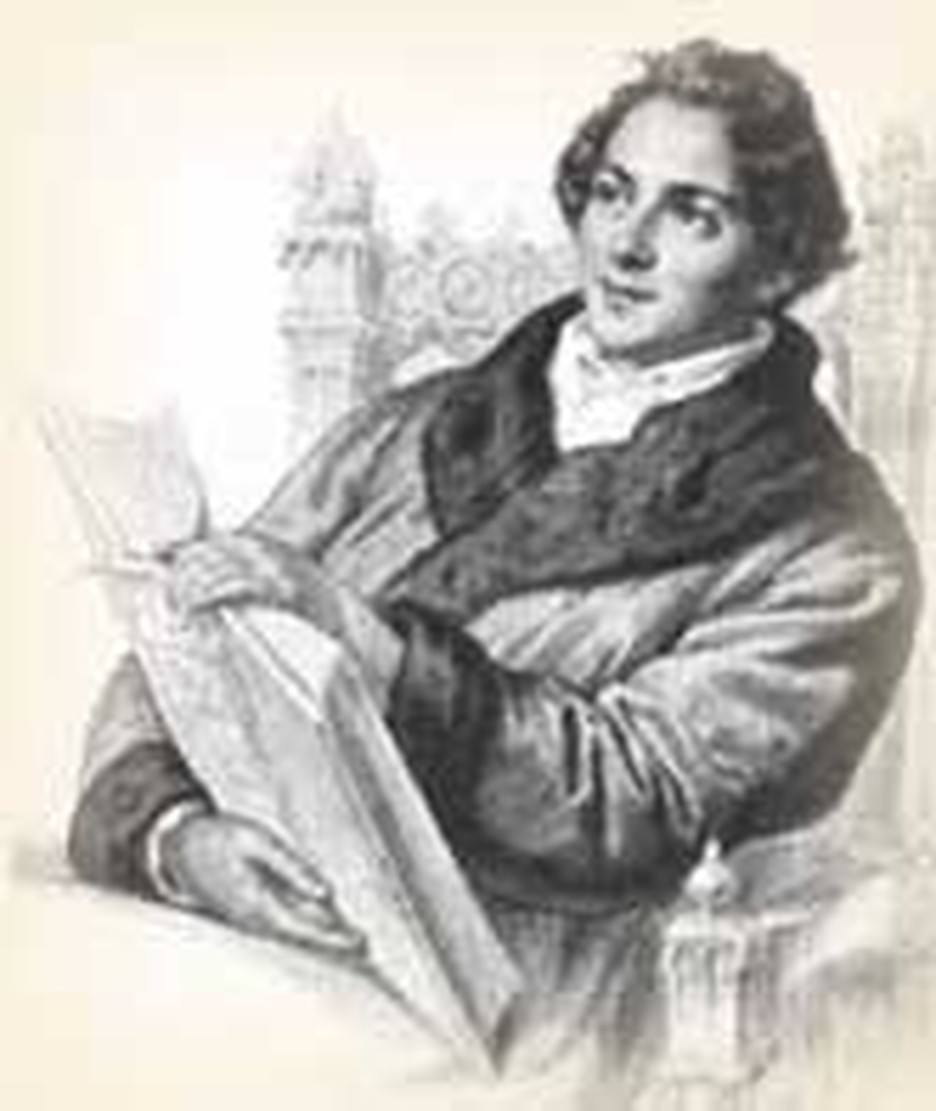
How did the Bible become a book with special authority for Christians? Can we be certain after two thousand years or more that what we have in our Bible is what was originally written? How did the Bible come down to us? This begins a six issue series on how we got our Bible. Our investigation begins with a fascinating story in a very unlikely place -- a trash basket in the Sinai desert.
The Incredible Discovery
In 1844, the German scholar Constantine Tischendorf was touring the East
in search of old manuscripts, that is, documents written by hand. In the
library of the monastery of St. Catherine at Mt. Sinai he noticed a basket
filled with pages of an old manuscript. Tischendorf was shocked! This
was the oldest Greek writing this seasoned scholar had ever seen, and
the pages were from the Greek Old Testament. Taking 43 pages out of the
basket, Tischendorf asked the librarian about them. To his horror he learned
the pages had been placed in the trash basket for fuel, and two basket
loads of such papers had already been burned! Though the monks admitted
there were more pages of the manuscript, Tischendorf's enthusiasm made
them wary, and they would not show him any more. They did allow Tischendorf
to take the 43 pages he had rescued with him, however, and Tischendorf
urged the monks to use something else in their fires!
Back for More
In 1853 Tischendorf returned to the monastery, but the monks would not
show him the remainder of the manuscript. Six years later, Tischendorf
again returned to the Sinai monastery, this time under the patronage of
the Russian Tsar Alexander II, patron of the Greek Orthodox Church. On
this visit, a monk took Tischendorf to his room and pulled down a cloth-wrapped
manuscript which had been stored with some cups and dishes on a shelf
above the door. Tischendorf immediately recognized the pages as the remainder
of the book whose pages he had rescued from the trash pile. He suggested
the monastery present the manuscript to the tsar of Russia as protector
of the Greek church, which they agreed to do. When the communists took
over the Russian government, they had little use for such a Christian
manuscript, so in 1933 the Soviet Union sold the manuscript to the British
Museum for £100,000.
The manuscript became known as the Codex Sinaiticus (book from the Sinai), and it is one of the most important early manuscripts of the Bible. Dating from about the middle of the fourth century, Sinaiticus is one of the earliest complete manuscripts of the New Testament we have. Some have even speculated this might be one of the fifty Bibles the Emperor Constantine commissioned Eusebius to prepare after he had made Christianity a legal religion in the Roman Empire.
The manuscripts we have older than Sinaiticus contain only portions of the New Testament. Some of these date from the second century, just fifty years or so after many of the New Testament books were written. Many of the earliest church manuscripts were undoubtedly destroyed during the times of persecution against the early Christians.
The Earlier the Better
In these early manuscripts writing was continuous - there were no spaces
between words and usually none between sentences. Punctuation marks were
rarely used before the eighth century. There also were no chapter or verse
divisions. With every manuscript having to be copied by hand, it was easy
for mistakes and variations to be made. As time went on, and manuscripts
were recopied, these mistakes could be compounded. Understandably, then,
the earlier manuscripts closer to the time of the original writing probably
have fewer mistakes, and Tischendorf's discovery of the fourth century
Codex Sinaiticus, then, was of enormous help for scholars to check the
accuracy of our New Testament writings.
Dead Sea Scrolls Discovered
One hundred years after Tischendorf's great discovery, in 1945, a shepherd
boy, Muhammed ed Dhib, was looking for his sheep among the rocks near
the Dead Sea. He threw a rock into a cave and heard jars shattering. After
investigating he discovered clay jars stuffed with ancient manuscripts.
To date over 800 scrolls have been found dating from the second century
BC into the first century AD - and the investigation still continues.
Fragments, if not complete copies, of every book of the Old Testament
except Esther have been found, making these almost 1000 years older than
the oldest copies of the Hebrew Old Testament previously known.
There are more manuscripts of the Bible than any other single book from the ancient world-over 25,000 manuscripts of portions of the New Testament. Many of these are comparatively early manuscripts; other classical works typically have 1200-1400 years separating the original writing and surviving manuscript copies. The number and antiquity of the Biblical manuscripts ensure that the Bible accurately reflects the writings of the prophets and the apostles. The Dead Sea scrolls and Codex Sinaiticus were two of the most important discoveries of all time. They gave scholars evidence to verify that our copies of the Bible have been reliably transmitted from the earliest times. Some might consider these discoveries just amazingly lucky finds. Many others, however, recognize here God's Providence preserving and confirming His written Word.
What Does "Bible" Mean? |








